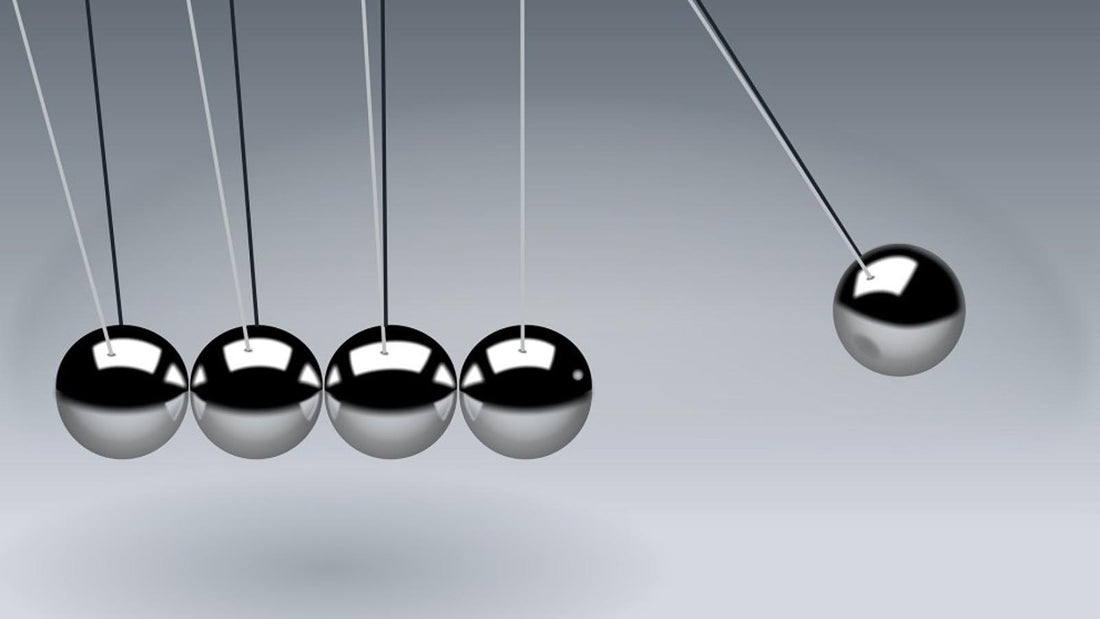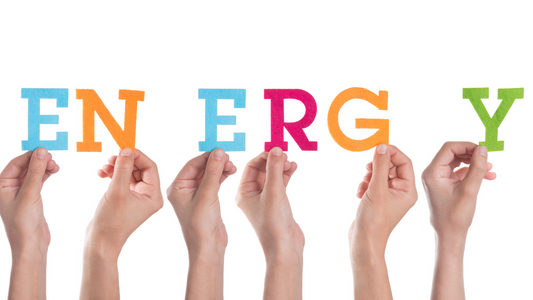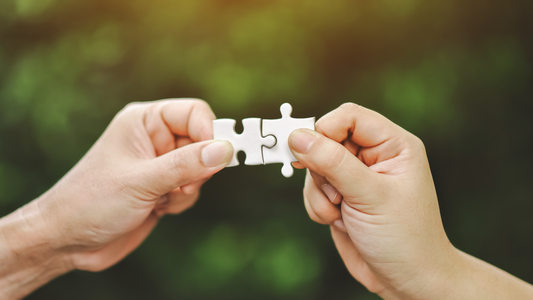The recent headlines regarding the economy and innumerable issues within the health and social care sectors have been well publicised and documented. It is often difficult to contemplate how a good standard of care can be delivered effectively within this broken system. However, we must not lose sight that many people receive excellent personalised, empathetic care by a dedicated workforce both in hospital, their own homes and care homes.
Inbed care systems are innovative labour/ time saving pieces of equipment available to care staff which, when used correctly and intuitively, avoid muscular skeletal injury to themselves and prevent tissue damage to the patients/clients.
It is vital that the positive gains made over the past 10+ years to improve patient care and prevent injury to staff by using inbed care systems is not lost by the constrains of poor funding and staffing issues. Inbed care systems offer a solution to enable effective moving and repositioning patients/ clients while keeping their skin/ tissues intact and also enabling one carer to carry out personal care.
At Ergo-Ike (the home of Phil-e-Slide) we have always been innovators and champions of change for the benefit of carers and patients/ clients. Many positive advancements have been made since the introduction of moving and handling equipment. Scores of us for example, remember “manually lifting” patients (and at the time did not see any issues with this practice) change over the last 25 years to an increasing use of slide sheets.
However, practice-based evidence and advanced understanding of the causes of tissue harm are now irrefutably proving that these widely-accepted and common-place clinical practice methods of moving and repositioning patients are still causing harm to both patients and their carers. Therefore for progress to be made, these practices need to be changed so that the way staff use inbed systems progresses forward and do not revert back to previous poor practices. We also need to accept that using inbed systems correctly negates the harm to patients and staff when moving and repositioning clients in bed.
It is imperative that carers (including hospital staff, community care workers and unpaid carers who may have had no formal training):
- know how to avoid tissue harm by using the practice-based-evidence approach for the care of patients confined to bed
- understand what is the correct and effective use of inbed care equipment
- learn how to use synergetically layered inbed care systems
Hospital and care in the community organisations need to build on the skills that care staff already have (or need) by:
- giving them ongoing support and training.
This will enable carers to be completely confident in both their working practices when using inbed systems and able to move and reposition patients confined to bed with both comfort and dignity, without causing tissue harm to either their patients or themselves. After all, their practices are a “shop window” for correct and effective use of the equipment both for the patients, their relatives and care givers who have had no formal training.
References:
Phil e Slide home bed care system for patients – phil-e-slide-uk
https://www.linkedin.com/pulse/harm-scale-harm-jaap-smit/
When changing the bed is more than just about laundry! – phil-e-slide-uk





